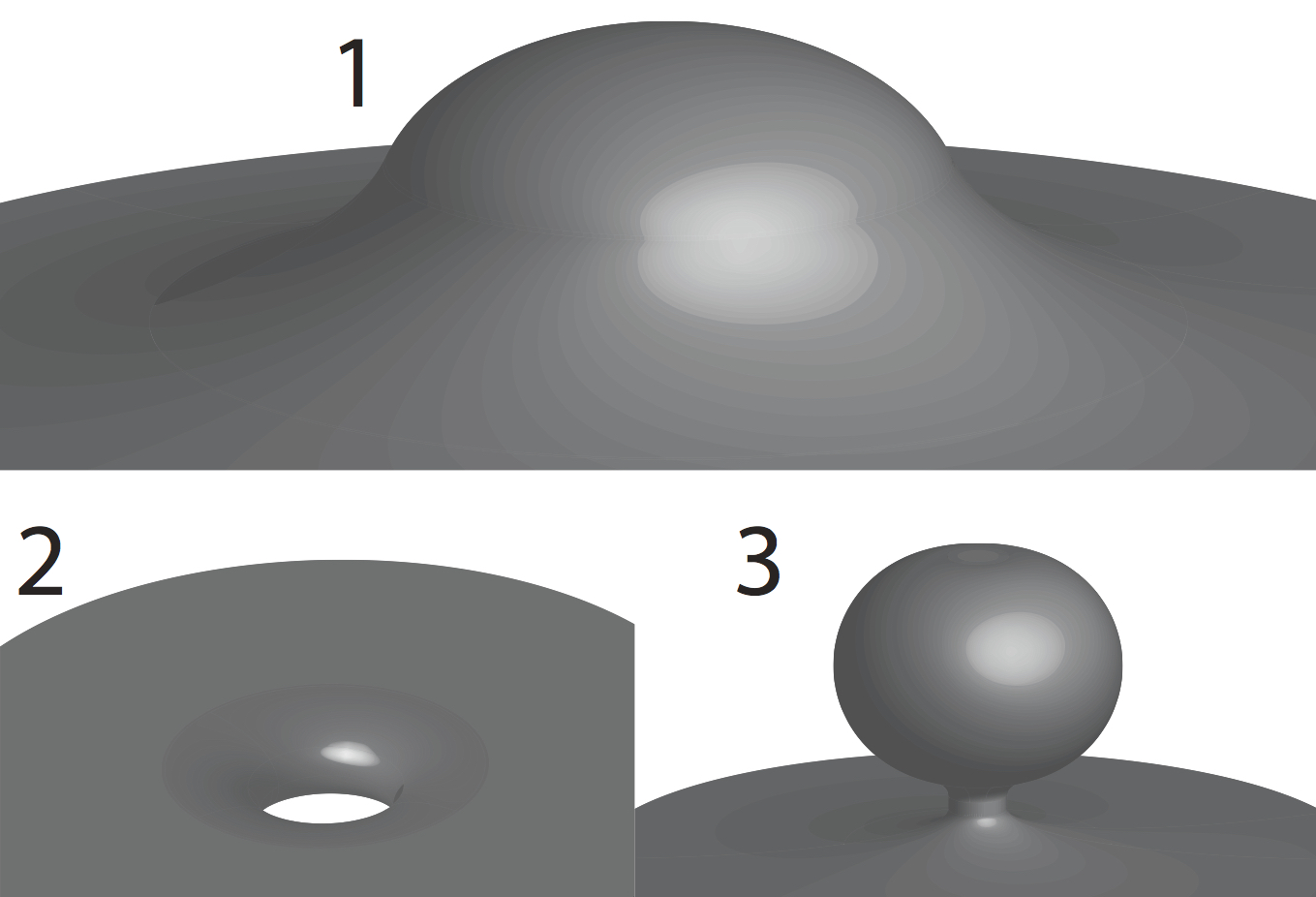 Examples of NGC
Examples of NGC
Mapping membrane activity in undiscovered peptide sequence space using machine learning.
Abstract
There are some 1,100 known antimicrobial peptides (AMPs), which permeabilize microbial membranes but have diverse sequences. Here, we develop a support vector machine (SVM)-based classifier to investigate -helical AMPs and the interrelated nature of their functional commonality and sequence homology. SVM is used to search the undiscovered peptide sequence space and identify Pareto-optimal candidates that simultaneously maximize the distance σ from the SVM hyperplane (thus maximize its “antimicrobialness”) and its -helicity, but minimize mutational distance to known AMPs. By calibrating SVM machine learning results with killing assays and small-angle X-ray scattering (SAXS), we find that the SVM metric σ correlates not with a peptide’s minimum inhibitory concentration (MIC), but rather its ability to generate negative Gaussian membrane curvature. This surprising result provides a topological basis for membrane activity common to AMPs. Moreover, we highlight an important distinction between the maximal recognizability of a sequence to a trained AMP classifier (its ability to generate membrane curvature) and its maximal antimicrobial efficacy. As mutational distances are increased from known AMPs, we find AMP-like sequences that are increasingly difficult for nature to discover via simple mutation. Using the sequence map as a discovery tool, we find a unexpectedly diverse taxonomy of sequences that are just as membrane-active as known AMPs, but with a broad range of primary functions distinct from AMP functions, including endogenous neuropeptides, viral fusion proteins, topogenic peptides, and amyloids. The SVM classifier is useful as a general detector of membrane activity in peptide sequences.